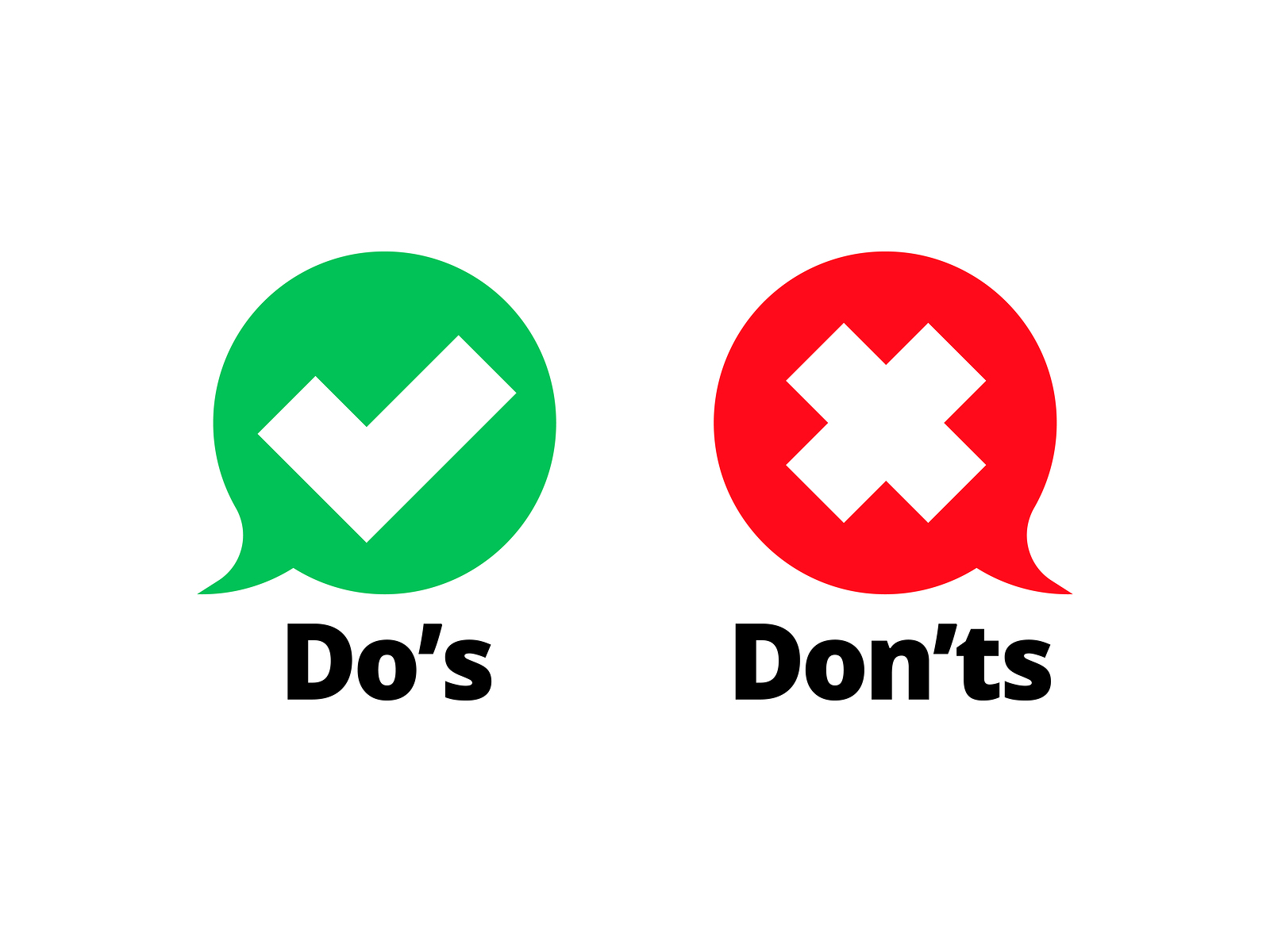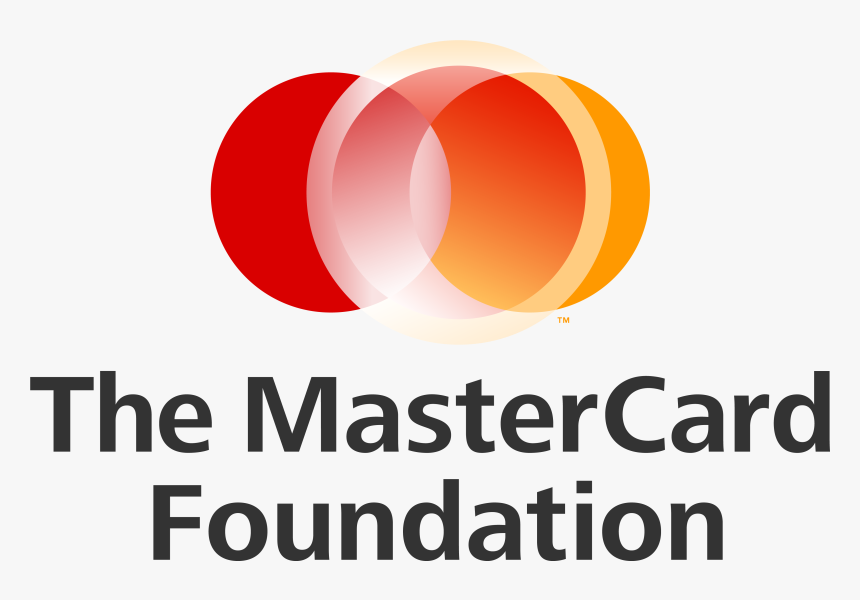Applying for scholarships can feel like a difficult task, but with the right approach, it can become a manageable and even rewarding process. Scholarships provide valuable financial assistance, helping students achieve their academic dreams without the burden of debt. However, to secure this support, you must navigate the application process carefully.
In this guide, we’ll walk you through the dos and don’ts of scholarship applications, offering clear and practical advice to help you succeed. Whether you’re applying for the first time or have been through the process before, these tips will enhance your chances of securing the funding you need. Let’s dive in and explore how to make your scholarship application stand out!
Understanding the Basics of Scholarship Applications
Before diving into the specifics, it’s important to understand what scholarship applications are and why they matter. Scholarships are financial awards given to students based on various criteria, such as academic achievement, talent, financial need, or specific interests. These funds don’t need to be repaid, making them a valuable resource for students.
What is a Scholarship?
A scholarship is a sum of money awarded to a student to help pay for their education. Unlike loans, scholarships do not need to be repaid. Scholarships can come from various sources, including schools, private organizations, non-profits, and government programs.
Why Are Scholarships Important?
Scholarships ease the financial burden of education, allowing students to focus more on their studies and less on how to pay for them. They can also open doors to networking opportunities, internships, and more.
The Dos of Scholarship Applications
1. Start Early and Stay Organized
One of the best things you can do when applying for scholarships is to start early. Many scholarships have deadlines months before the school year starts. Starting early gives you enough time to gather all necessary materials, complete the application forms, and write compelling essays. Use a calendar or planner to keep track of deadlines and tasks. Staying organized will help ensure you don’t miss out on any opportunities.
2. Research Thoroughly
Not all scholarships are the same. Some are based on academic achievements, while others focus on financial need, community service, or specific talents. Research thoroughly to find scholarships that match your profile. Look into smaller, local scholarships as well; they often have less competition.
3. Follow Instructions Carefully
Each scholarship application will have specific instructions. These might include how to format your essay, what documents to include, or even how to submit your application. Following these instructions to the letter is crucial. Failure to do so can result in your application being disqualified.
4. Tailor Your Application to Each Scholarship
Don’t use the same essay or application for every scholarship. Tailor your application to match the scholarship’s specific criteria. Highlight the qualities and achievements that align with what the scholarship committee is looking for.
Recommended: How to Write a Scholarship Application Letter
5. Proofread and Edit
A well-written application is free of spelling and grammar errors. After writing your essay and filling out the forms, take the time to proofread and edit. Consider asking a teacher, mentor, or friend to review your work. A fresh pair of eyes can catch mistakes you might have missed.
6. Seek Letters of Recommendation Early
Most scholarship applications require letters of recommendation. Ask for these letters well in advance, giving your recommenders plenty of time to write a thoughtful and detailed letter. Provide them with information about the scholarship and your achievements to help them write a strong recommendation.
7. Be Honest and Authentic
When filling out your application, be honest about your achievements and experiences. Don’t exaggerate or fabricate details. Scholarship committees can often spot dishonesty, and it can lead to disqualification. Instead, focus on your true strengths and how they align with the scholarship’s goals.
The Don’ts of Scholarship Applications
1. Don’t Procrastinate
Procrastination is the enemy of a strong scholarship application. Waiting until the last minute can lead to mistakes, missed deadlines, and added stress. Avoid this by starting your applications as early as possible and setting mini-deadlines for each part of the process.
2. Don’t Ignore the Essay Prompt
Scholarship essays often come with specific prompts or questions. Don’t ignore these prompts. Your essay should directly address the question or theme provided. Straying off-topic can make your application less relevant and decrease your chances of winning.
3. Don’t Submit Incomplete Applications
Submitting an incomplete application is one of the quickest ways to get disqualified. Double-check that you’ve included all required documents, answered all questions, and followed all instructions before submitting your application.
4. Don’t Overlook Small Scholarships
While it might be tempting to only apply for large scholarships, don’t overlook the smaller ones. These scholarships can add up and often have fewer applicants, increasing your chances of winning.
5. Don’t Forget to Customize Your Application
Sending out a generic application to multiple scholarships is not a good strategy. Each scholarship is unique, and your application should reflect that. Customize your essay and other materials to fit the specific scholarship you are applying for.
6. Don’t Be Afraid to Reapply
If you don’t win a scholarship, don’t get discouraged. Many scholarships allow you to reapply in the future. Use any feedback you receive to strengthen your application and try again.
7. Don’t Disregard Eligibility Requirements
Every scholarship has specific eligibility requirements, such as age, grade level, field of study, or financial need. Ignoring these can lead to wasted time and effort. Make sure you meet all the eligibility criteria before applying.
Common Mistakes to Avoid
Even the best intentions can lead to mistakes if you’re not careful. Here are some common pitfalls to watch out for.
1. Missing Deadlines
One of the most common mistakes is missing the application deadline. Keep track of deadlines and submit your application well before the due date to avoid any last-minute issues.
2. Not Following Instructions
Scholarship applications often come with specific instructions. Not following these instructions can lead to disqualification. Always read and follow the guidelines carefully.
3. Forgetting to Proofread
A single spelling or grammar mistake can make a bad impression. Always proofread your application before submitting it, and consider asking someone else to review it as well.
4. Being Too Modest
While it’s important not to exaggerate, it’s equally important not to downplay your achievements. Be proud of your accomplishments and present them confidently.
5. Not Researching the Scholarship Provider
Understanding the organization offering the scholarship can give you an edge. Research the provider’s mission, values, and previous winners to tailor your application accordingly.
Final Thoughts and Encouragement
Applying for scholarships can be a long and sometimes challenging process, but it’s worth the effort. With careful planning, attention to detail, and persistence, you can increase your chances of winning scholarships that will help fund your education.
Remember, every successful scholarship recipient started where you are now—researching, writing, and hoping for the best. Stay positive, stay organized, and don’t be afraid to ask for help along the way. Good luck on your scholarship journey!




